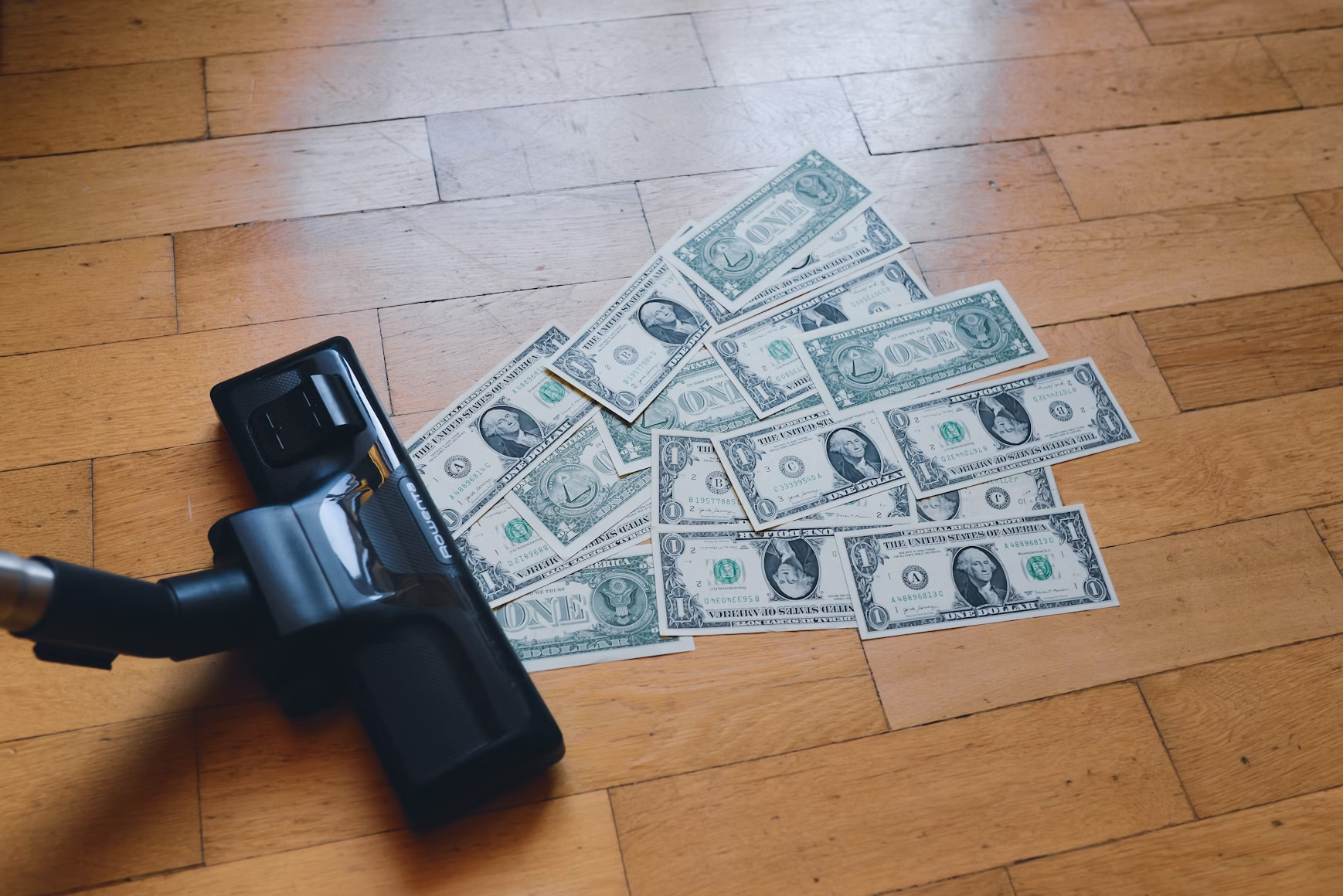
Dziugas Alminas
November 19, 2024
|
4
min read
Reducing cart and checkout abandonment is crucial for increasing conversions in any Ecommerce store. A streamlined and intuitive checkout process keeps customers on track and prevents unnecessary drop-offs. Customers are more prone to abandon their purchases when they encounter friction or distractions.
Optimizing the checkout journey goes beyond just simplifying the process. It's also about addressing customer concerns which may arise during checkout. By removing any obstacles and implementing thoughtful strategies, you can guide users to complete their purchases with fewer barriers.
This blog post explores four proven strategies to improve cart and checkout abandonment rates. These practical methods keep customers engaged, minimize distractions, and provide motivation to finalize their purchases.

Switching from a traditional cart page to a cart drawer makes the shopping journey smoother and more user-friendly. A cart drawer appears as a side panel, allowing users to stay on the current page without navigating away. This uninterrupted experience keeps them engaged and reduces the chances of cart abandonment.
Additionally, a cart drawer highlights key details such as product information, pricing, and promotions without requiring extra clicks. Users don’t have to leave the page, which simplifies decision-making. This creates a more direct and efficient path toward checkout.

Once users are ready to purchase, sending them directly to checkout can significantly reduce abandonment rates. By skipping the Cart Page, users stay focused on completing their purchase without unnecessary detours.
Directing users to checkout after interacting with the cart drawer keeps their intent clear and focused. It ensures they follow a straightforward path to conversion. This method can significantly improve the checkout completion rate.
Many distractions during the final steps of a purchase can make customers hesitate. The “Return to Cart” button on the checkout page redirects users out of the funnel. This distraction can lead to abandonment, so consider removing it to keep users focused on completing their purchase.
A "Continue Shopping" CTA on the cart page can also tempt users to navigate away. While it offers an option to explore more products, it can distract them from finalizing their current purchase.
Displaying a discount code input field on the cart page can tempt users to leave the site in search of promo codes. This delay can derail their intent to buy. Instead, consider placing this field on the checkout page to keep users focused.
Similarly, the bin icon is redundant. Users can remove items by adjusting the quantity selector to zero. The bin icon may provoke users to remove products unnecessarily, disrupting their buying intent.
Hide the navigation when users enter checkout to minimize distractions and maintain focus. A streamlined checkout process keeps customers engaged and reduces the chances of abandonment.
Discover more common website distractions that cause customer hesitation in this article:
10 Distractions to Avoid for Better User Conversion on Your Store
The checkout stage is where users are ready to buy, but doubts may linger. Concerns about product quality, shipping costs, or return policies can cause hesitation. Providing motivation and clarity at this stage helps give them the push needed to complete the purchase.
Reminding users of your store policies can ease their worries. Highlighting easy returns, free shipping, or satisfaction guarantees boosts their confidence. Clear communication of these policies makes customers feel secure.
Including a progress bar enhances the user experience by showing how far along they are in the checkout process. This visual cue gives customers a sense of accomplishment. Displaying key product features such as "eco-friendly," "locally sourced," or "highly rated" further assures them.
Additionally, showcasing a top customer review and secure checkout message enhances credibility. Positive feedback alleviates doubts and provides social proof.
Testing various motivating elements through A/B testing helps identify which strategies resonate best with your audience.

Improving cart and checkout abandonment requires reducing friction, removing distractions, and providing the right motivation. By optimizing the cart experience and streamlining the process, you keep customers engaged and guide them toward completing their purchase.
Switching to a cart drawer creates a smooth transition from shopping to checkout. Removing unnecessary steps ensures a simple, focused flow. Reducing distractions such as excess CTAs and icons keeps customers on track. Adding motivation at checkout reassures them they’re making the right decision.
Continue testing and refining these strategies to find what works best for your audience. Small improvements can significantly reduce abandonment and boost conversions.

Dziugas Alminas
Head of CRO
Dziugas brings over a decade of experience in website creation and optimization. His expertise includes a strong focus on enhancing the consumer journey, ensuring that users can navigate seamlessly through the website and reach the thank you page effortlessly
Dziugas Alminas





